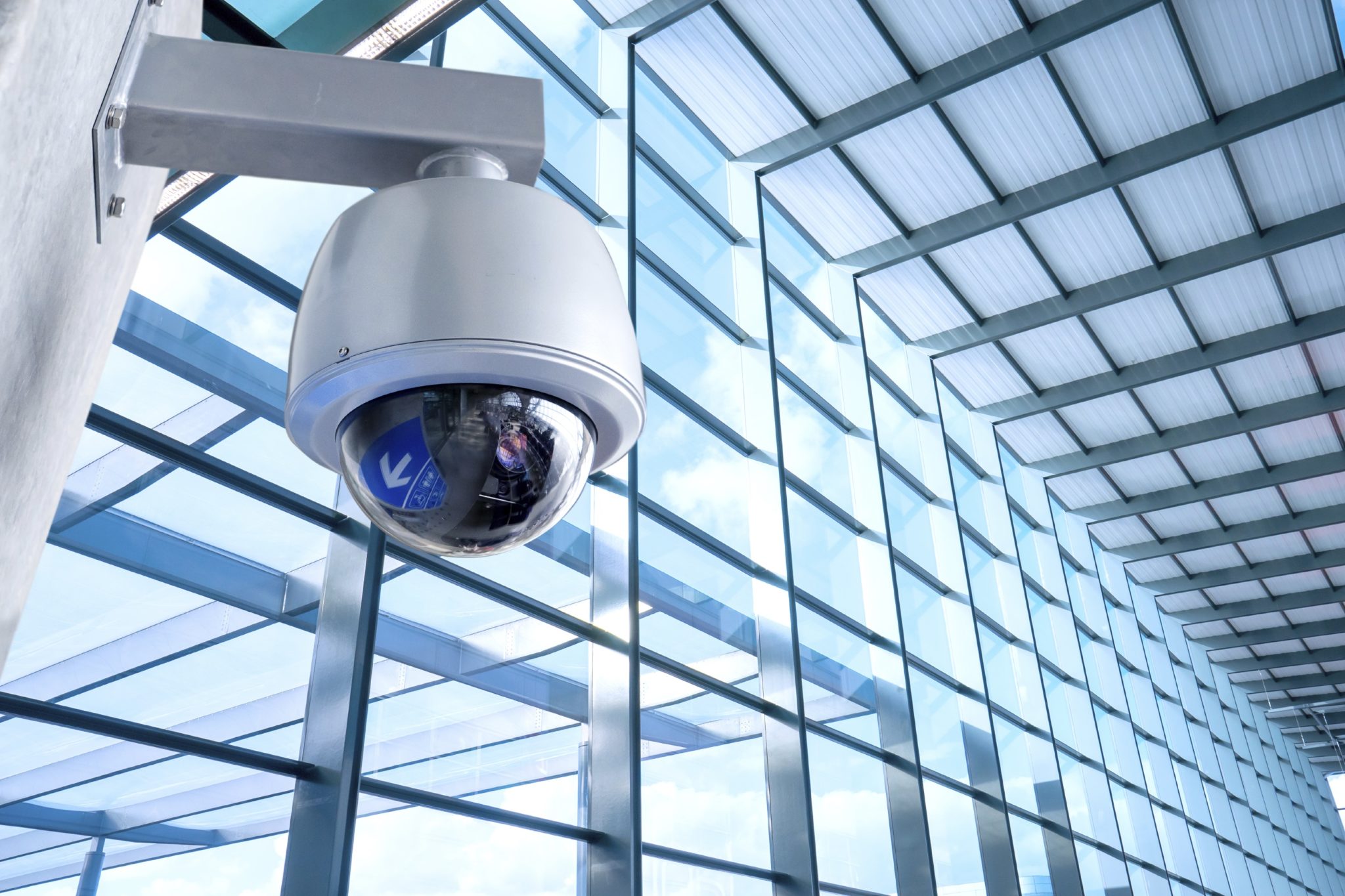IBP Brasil utilizes high computational power tools to perform image super-resolution, an increasingly relevant resource for clarifying crimes and wrongdoing.
Super-resolution is a technology employed and refined by the American space agency (NASA) both in monitoring the trajectory of launchers and spacecraft and in capturing and examining the special images obtained in all missions.
Historically, NASA’s work has resulted in the creation and improvement of pioneering software that has subsequently brought great benefits to law enforcement and justice systems worldwide. One of these systems is called VISAR (Video Image Stabilization and Registration), created at the Marshall Space Flight Center to study violent solar explosions and support the analysis of dangerous weather conditions on Earth.
The VISAR program stabilizes the horizontal and vertical movements of a camera, corrects its rotations and zoom effects, and reduces image fluctuations.
Moreover, the system makes it possible to add individual frames, distinct from each other in video clips, and with this super-resolution feature, to find details that are not originally visible, for example, in sub-exposed regions.
The Federal Bureau of Investigations (FBI) was the first external user of NASA to use this feature to examine criminal evidence. Subsequently, the program was made available to other police agencies around the world by the U.S. government.
The work done by Marshall Center scientists received federal recognition for excellence in technology transfer for use by law enforcement agencies in improving digital videos.
The technology then began to be used in commercial applications, such as those developed by Intergraph Corp. that incorporated the VISAR technology into a workstation called Video Analyst, used in surveillance systems, police operations, and crime scene investigations.
Other studies and products have incorporated this technology to support forensic examinations. Super-resolution is, in summary, a technique that greatly increases the resolution of images by appropriately treating limited information existing in original images but requires the development and application of complex algorithms, work also carried out in major universities and research centers, such as Carnegie Mellon and Brazilian universities like USP and Unicamp.
The IBP Brasil forensic laboratory conducts studies and uses super-resolution technology to improve images of documents, photographs, and videos to provide more effective results in the forensic examinations it performs, generating technical reports and opinions.
(arte ©iStock.com/MD alice-photo)

